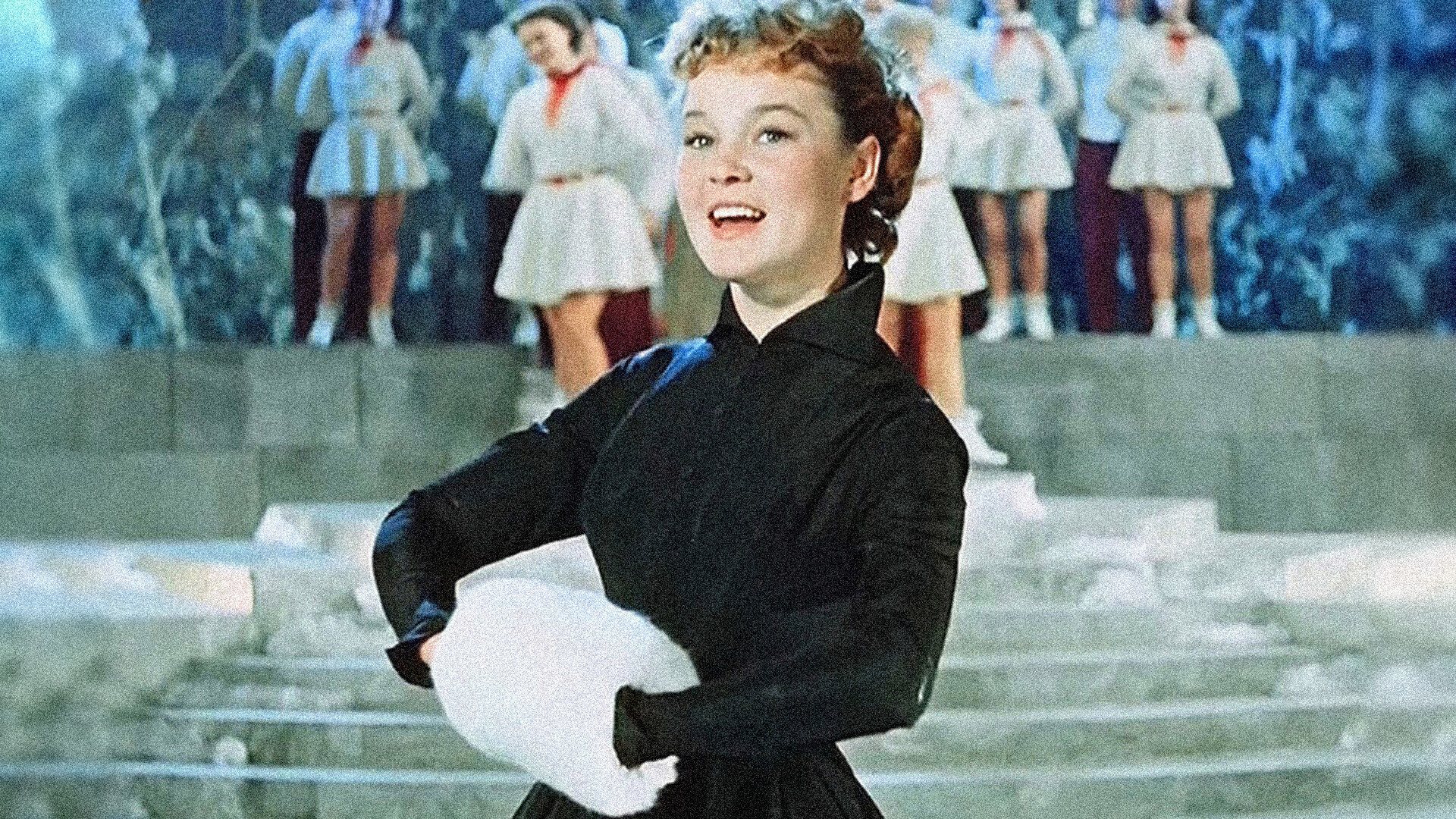

Sashka, Borka and Vaska (diminutive forms of Alexander, Boris and Vasily) from the Moscow suburbs once made a firm vow that, one day, they would go down a major river on a raft. Thirty years later, they drop everything and get together to realize their old dream.
‘True Friends’ was one of the most successful and popular Soviet comedies. But, it might never have seen the light of day, because of the whims of cinema bureaucrats. They demanded that the raft be replaced with a cruise ship, because, in their opinion, it was not becoming of serious and respectable people to engage in such childishness. Fortunately, it proved possible to go ahead with the original idea.
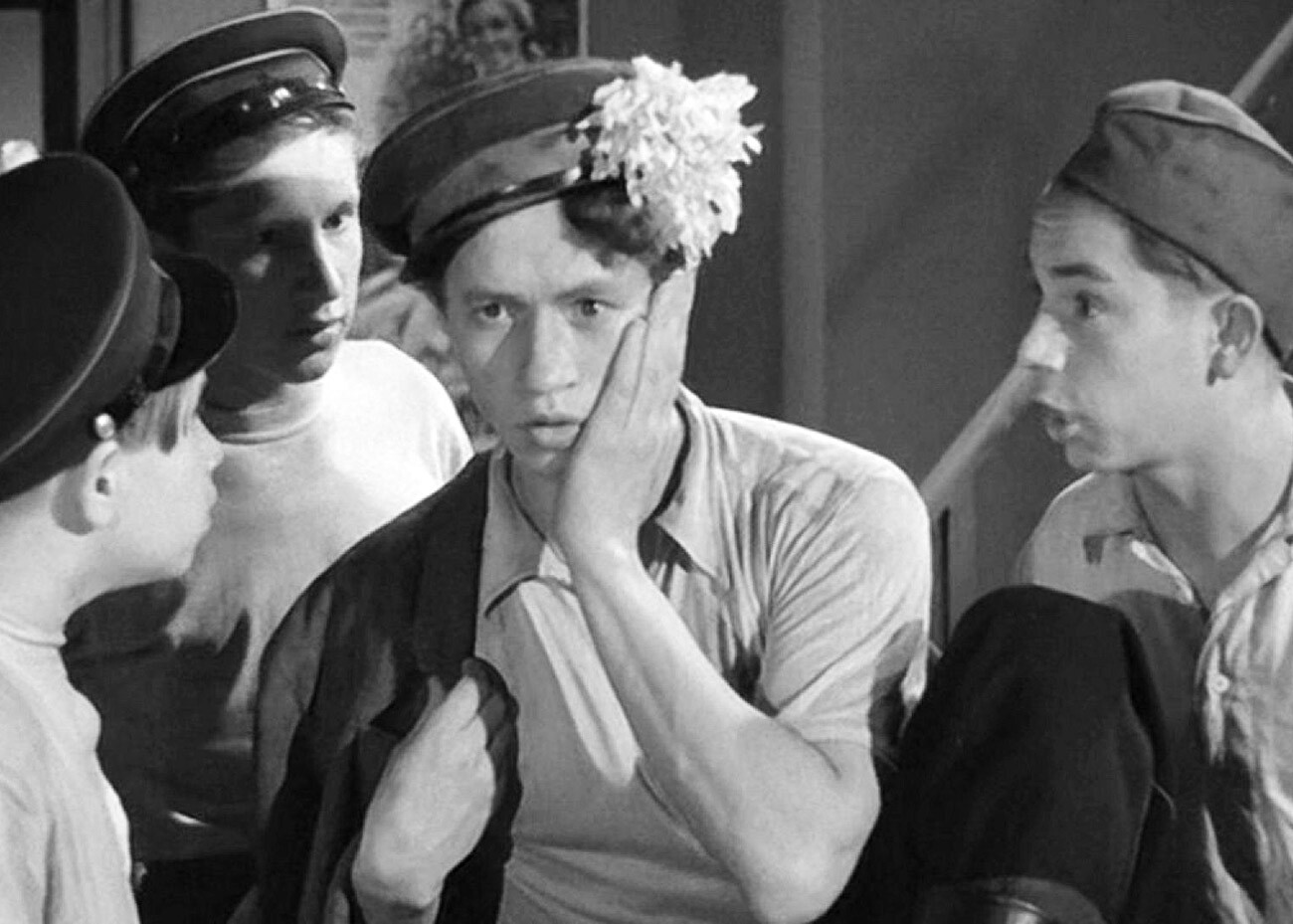
Maksim Perepelitsa is a cheerful and resourceful young man from a Ukrainian village, but he is also extremely lazy and wayward. All his neighbors are affected his capers. When Maksim is conscripted, the villagers begin to live in hope that the army might turn him into a man.
It was in ‘Maksim Perepelitsa’ that the Kalashnikov assault rifle, adopted for service in 1949, was shown on the big screen for the first time.
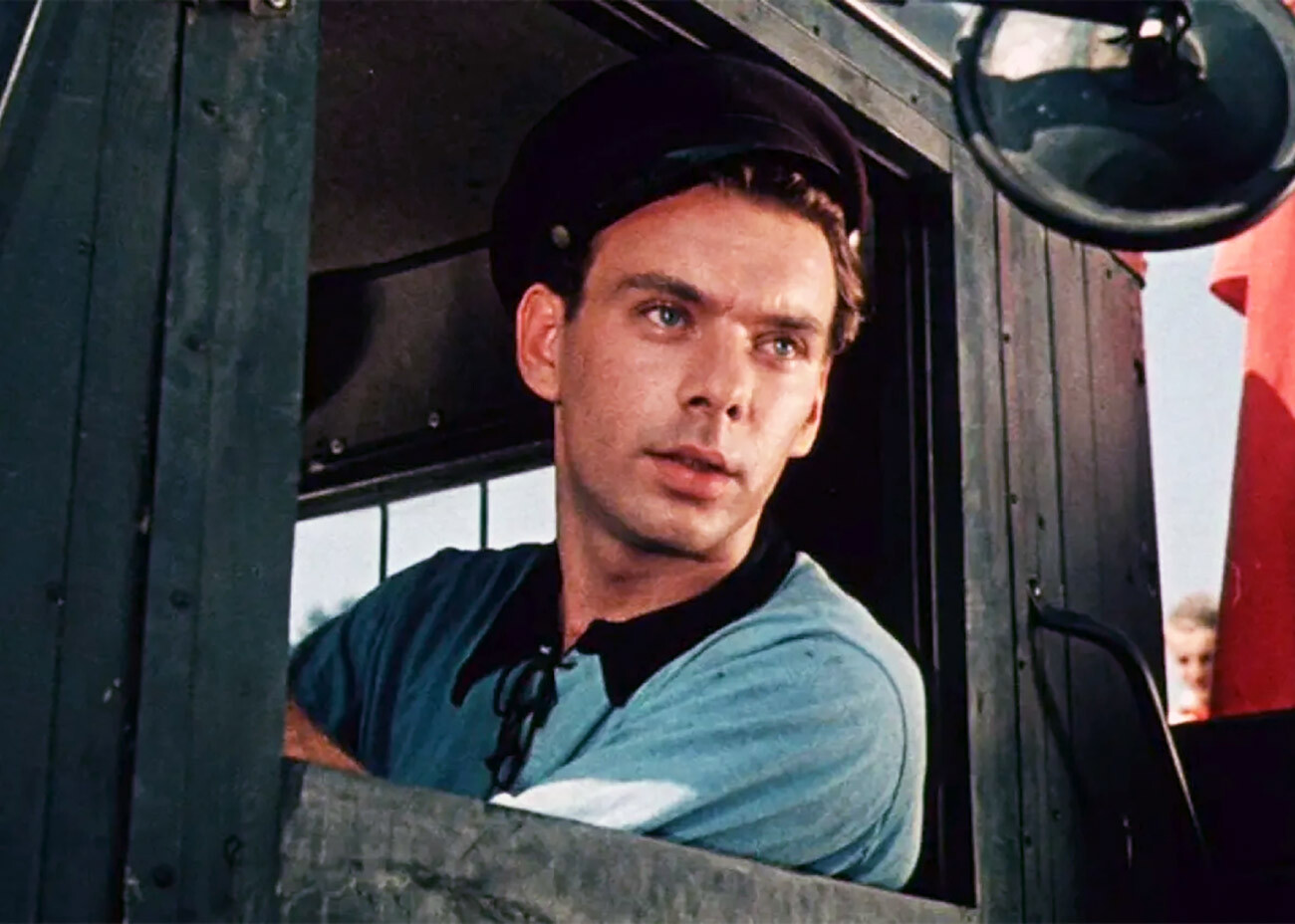
Truck driver Sasha Rumyantsev is making a delivery on a routine assignment for his bosses, not realizing that criminals are plotting a major scam against him. In the end, the cargo is stolen, Rumyantsev is arrested and he now is forced to prove his innocence.
Considered one of the first Soviet crime thrillers, it was filmed in Tallinn and, initially, the head of the whole criminal network in the movie was Estonian. Officials saw this as inciting ethnic discord, so the filmmakers had to make the chief villain a Russian who poses as an Estonian.
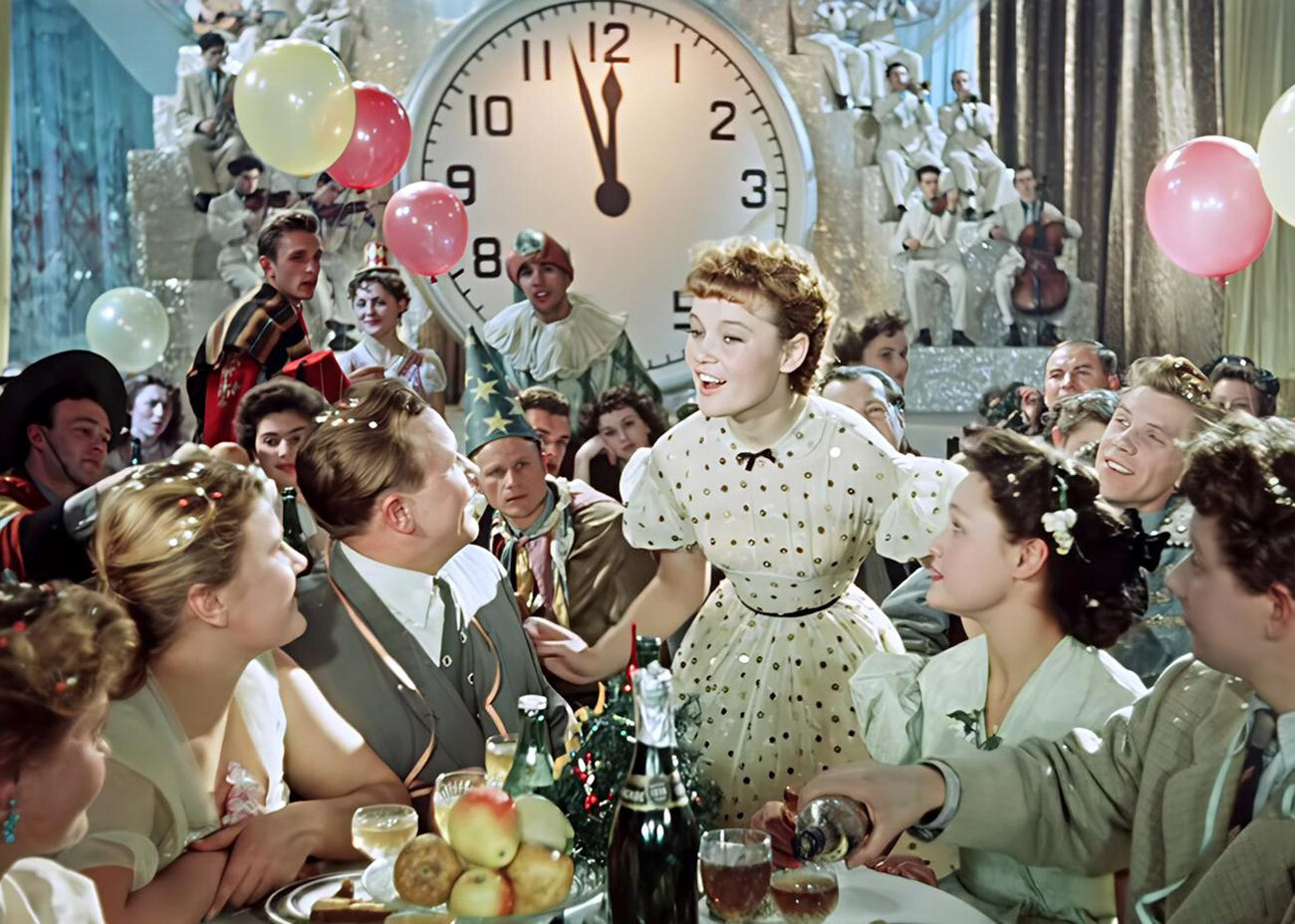
Employees at a House of Culture are getting ready for their New Year’s Eve fancy dress party, when Serafim Ogurtsov, the newly-appointed acting director, interferes with their plans. He does not like the fun-filled program planned for the event and plans to replace it with a boring, bureaucratically conventional one. The employees, of course, don’t agree with this.
Before going on general release, ‘Carnival Night’ was watched by officials, who thought the movie was a huge failure. For this reason, the musical comedy had a quiet premiere with no publicity. To everyone’s surprise, the movie was an incredible success with audiences - not only did it become a smash hit at the box office but, according to the ‘Sovetsky Ekran’ (‘Soviet Screen’) magazine, it also ranked as the best movie of 1957.
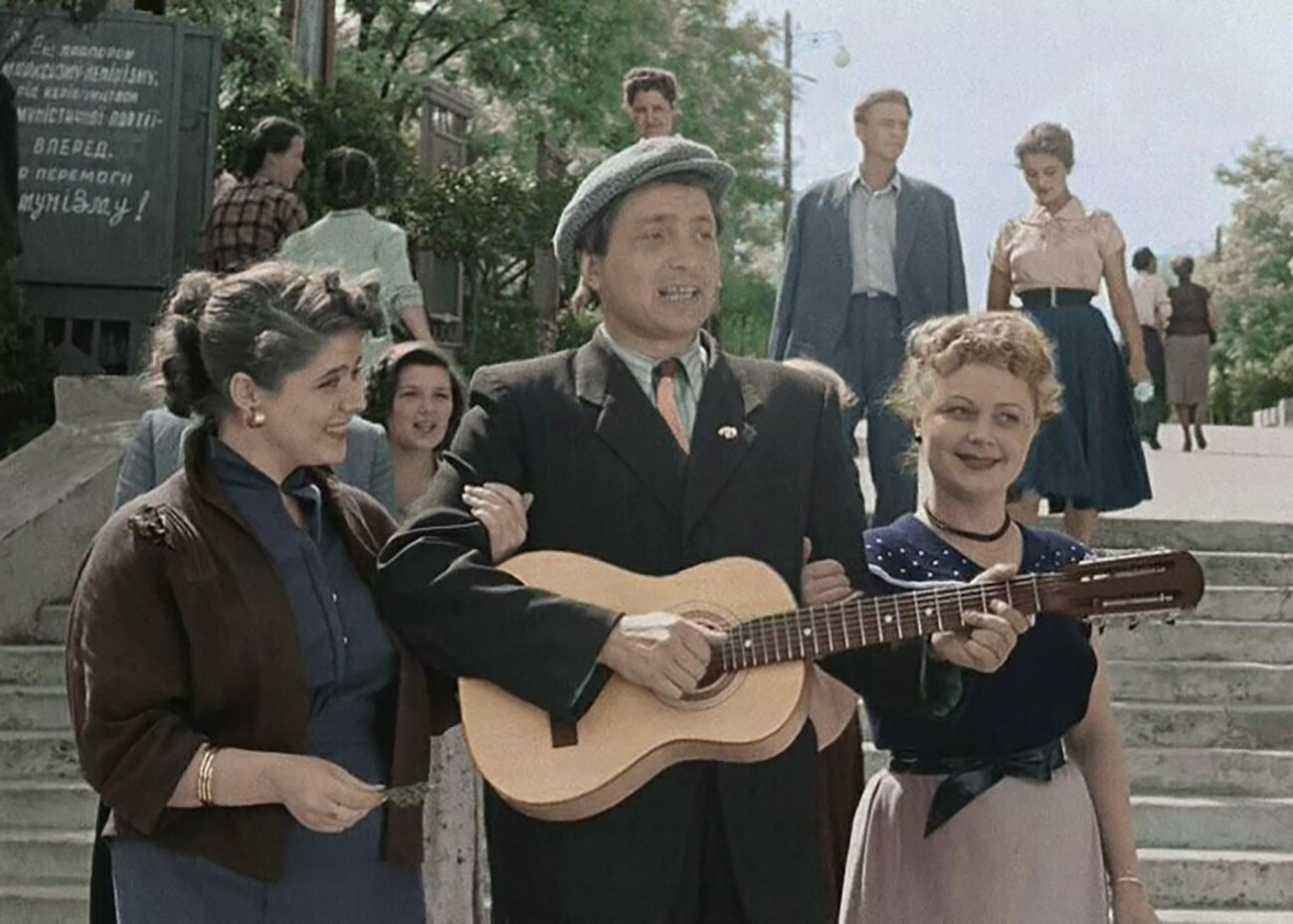
Russian language and literature teacher Tatyana Levchenko starts work at an evening school for the workers of a metallurgical plant. The job is no easy task for her. Fresh from teachers’ training college, not only is the young graduate inexperienced, but her students are either the same age as her or much older.
Screenwriter Feliks Mironer made up the street name ‘Zarechnaya’ (means “beyond the river”). After the resounding success of the movie, streets with this name started springing up all over the Soviet Union and today are to be found in more than 30 towns.
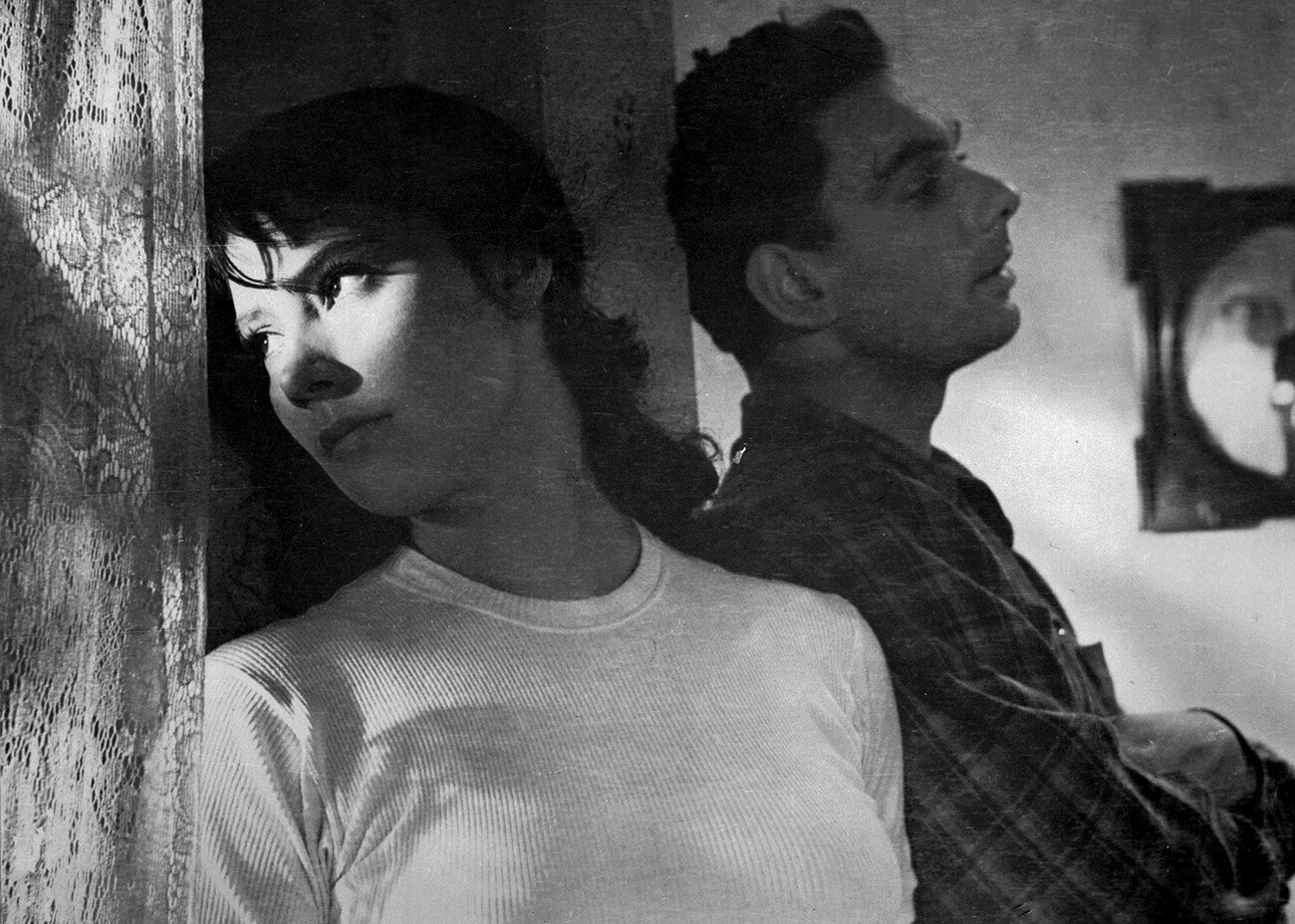
Boris and Veronika are planning to get married and a felicitous and cloudless future seems to await them. But the war which abruptly breaks out puts an end to all their plans and becomes a real test of their feelings for each other.
The actors didn’t spare themselves during filming. Playing Veronika, Tatiana Samoilova fell ill with tuberculosis, but did not take a break from shooting, while Aleksey Batalov, in the role of Boris, even ended up in the operating theater with a serious facial injury. Thanks to the professionalism of the surgeons, everything went smoothly.
‘The Cranes are Flying’ was the only Soviet full-length movie awarded the Cannes Film Festival’s Palme d’Or.
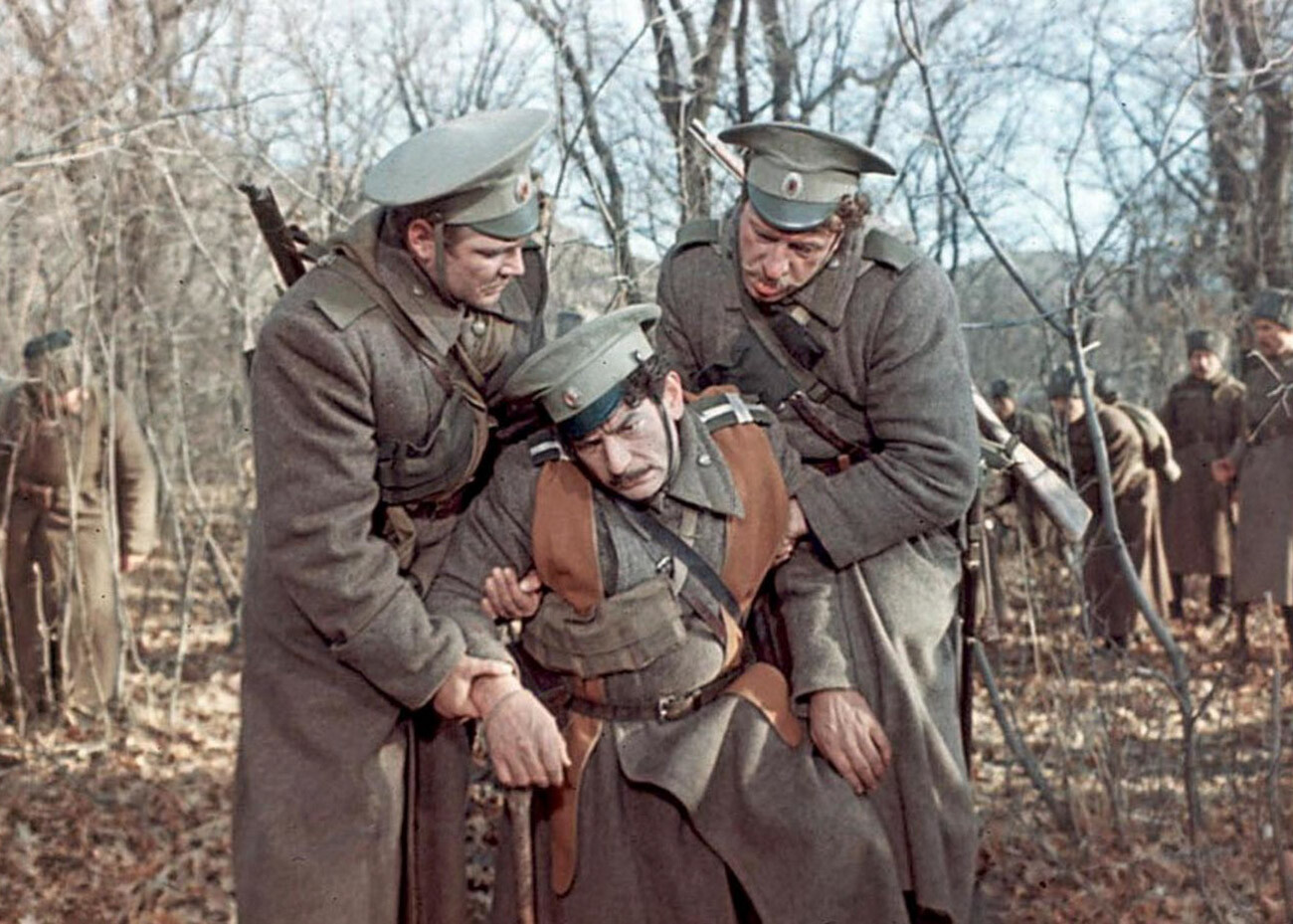
The three-part movie based on the eponymous novel by Mikhail Sholokhov tells of the difficult lives of the Don Cossacks at the time of the Civil War in Russia when close friends and relatives ended up on different sides. At the center of the story is the figure of the Cossack commander, Grigori Melekhov, who is torn between the different warring camps, trying to work out which is ultimately the right course to take.
‘And Quiet Flows the Don’ was shot in the Cossack lands of the Soviet south, where the participants in these tragic events still lived. They acted as the principal advisers for the movie, instructing the actors how to be real Cossacks.

The movie focuses on the difficult working lives of Soviet steel erectors assembling a blast furnace. They risk life and limb every day climbing to enormous heights. At the same time, they have to deal with a whole string of problems in their private lives.
Scenes set at height were put together using composite shots. Film of the actors shot on a studio set was combined with a backdrop filmed in real locations.
What is more, some of the scenes were filmed at a height of around 40 meters on a real blast furnace construction site - the Dneprodzerzhinsk iron and steel works (today the city of Kamianske in Ukraine’s Dnipropetrovsk Region). Stunt doubles were constantly in attendance on set, but the actors playing the main roles preferred to perform all the stunts themselves.
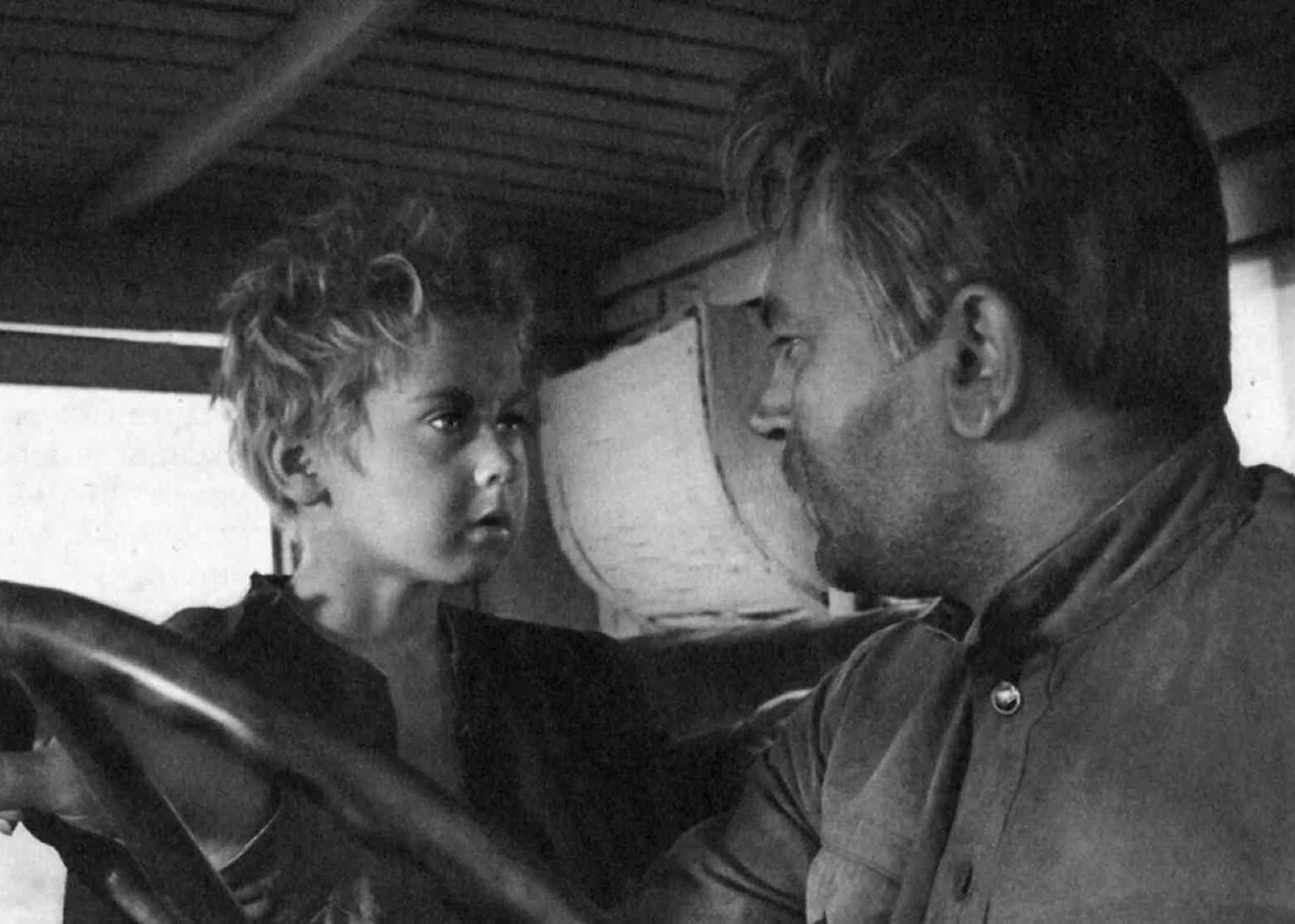
The war deprives Andrei Sokolov of his entire family: His wife and two daughters die in a bombing raid, while his son, a Red Army officer, is killed on Victory Day. Life has practically broken Andrei when, out of the blue, he encounters a boy named Vanya, who has also lost his whole family. The man realizes it is too early to give up on life: He can be a replacement for the orphan’s father.
‘Fate of a Man’ was the directorial debut of Sergei Bondarchuk, who later went on to become celebrated for his screen adaptation of the novel ‘War and Peace’ and for directing the epic ‘Waterloo’. In ‘Fate of a Man’ he played the title role.
The movie won the ‘Best Film of 1959’ award by a ‘Sovetsky Ekran’ (‘Soviet Screen’) magazine poll and also won awards at international film festivals in Czechoslovakia and Australia.
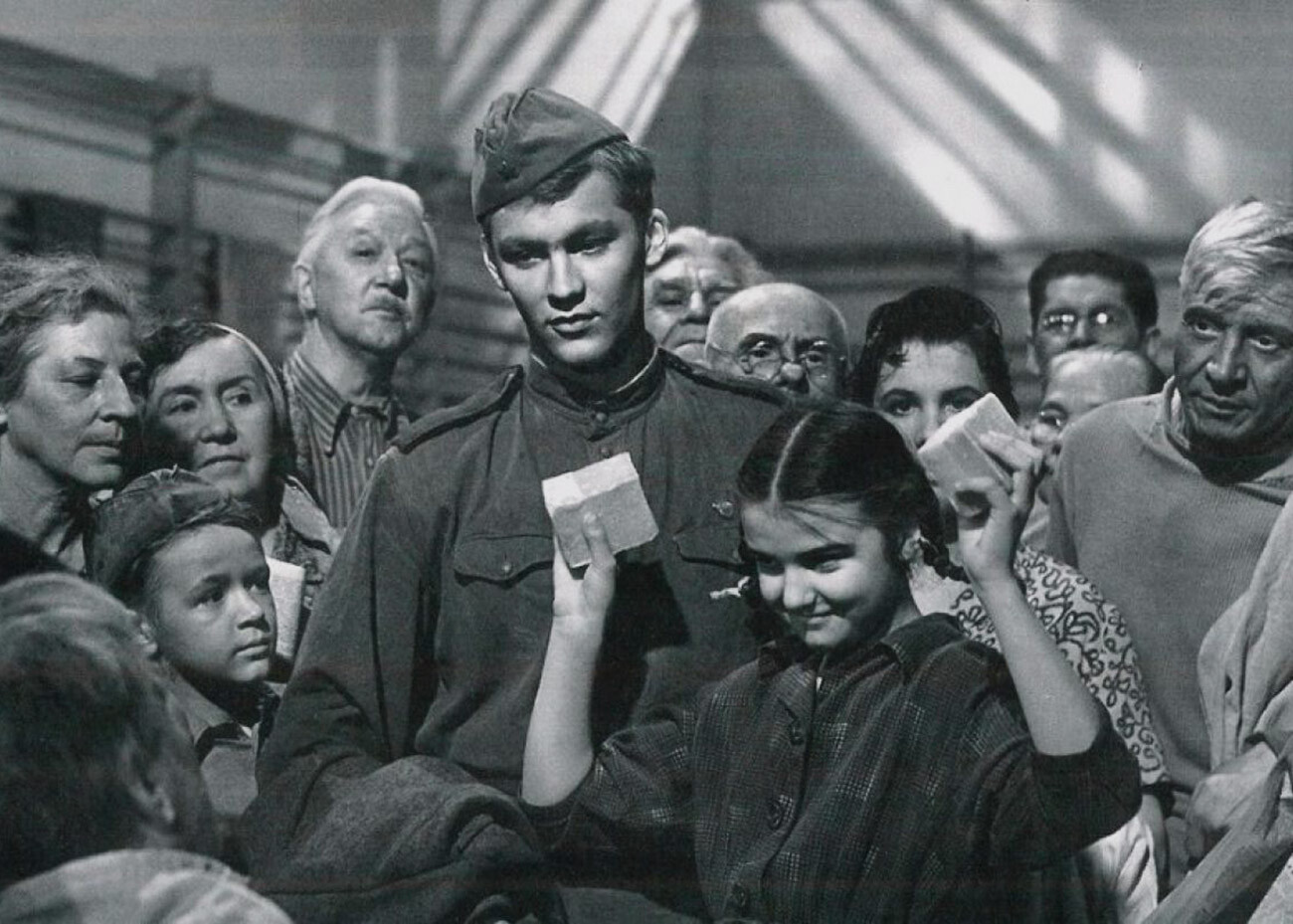
Private Aleksei Skvortsov destroys two German tanks with an anti-tank rifle and, as a reward, his commander allows him to travel home to see his mother. The movie tells of this difficult journey, while at the very beginning of the movie, an off-screen voice reveals that the soldier did not live to see Victory Day.
‘Ballad of a Soldier’ was a major hit not just in the Soviet Union, but also abroad. The movie was awarded a special jury prize at Cannes and also received an Oscar nomination for best original screenplay.
If using any of Russia Beyond's content, partly or in full, always provide an active hyperlink to the original material.
Subscribe
to our newsletter!
Get the week's best stories straight to your inbox